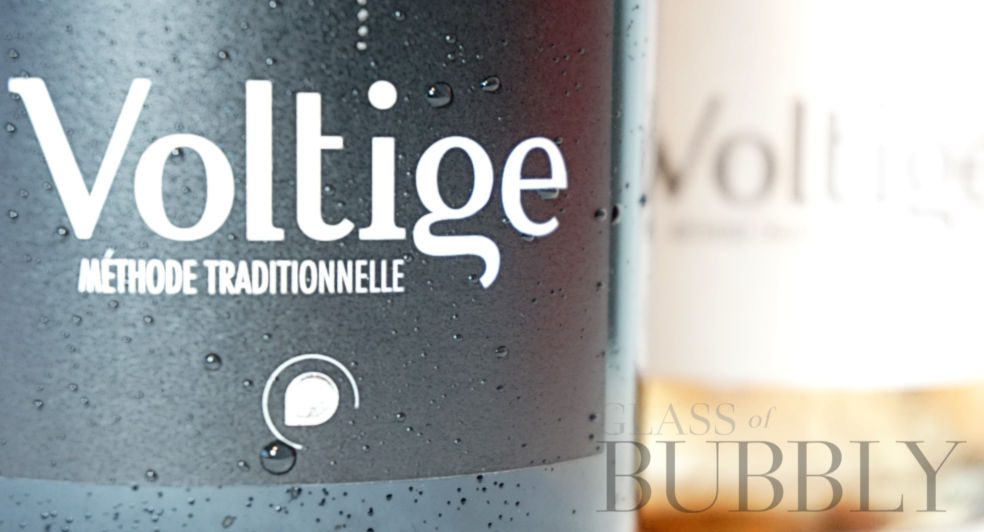Southern France Sparkling Wine – Bourdic Hills
11th January 2023

The most famous sparkling wine today originates from France which is of course Champagne, though did you know that the French hold plenty more exceptional fizzy delights? You’d probably have heard of Crémant which holds seven geographical with regions across the country where production takes place to include Alsace, Burgundy and Bordeaux. Alongside this already wide choice we also have independent production taking place within many vine growing regions which further allows us to explore the terroir of France delivering an amazing choice of aromas and flavours.
Located in southern France (Sud de France) is Collines du Bourdic who recently reached out to us with their comprehensive wine portfolio allowing for a wide variety of wine styles. Here’s a celebrated co-operative production house that now manage over 1,600 hectares over 10 communes.
Though I have not been to Collines du Bourdic yet, I am very familiar with other successful co-operative production houses in France both within the Champagne region and others. Why co-operatives? Most times it is because a wine producer will not own their own production house such as machinery to produce, and they will apply to use the local co-operative production house where, depending on the level of service required, can manage everything from harvest to bottling and storage of wines. Many times the wine producer will have a say and work on their own blends independently or as a group within the co-operative.
Another popular reason that co-operatives are used is when local communities get together to produce wines jointly, none maybe wine makers though they own the vineyards and it makes more sense that a singular co-operative / union produces the wine along with all the expertise required from producing to selling. Including vineyard managers, wine makers, buyers, accountants, marketing, PR, sales, distribution and much more is typically what a co-operative will have in place. One brand identity will be produced over a wide variety of labels to accommodate grapes / blends / styles (still or sparkling) etc. This way, though only a few rows of vines might be owned, the proprietor can take satisfaction that a tiny part of the wine in the bottle produced will have come from their land (terroir).
Collines du Bourdic:
“It all started in 1928 with a handful of winegrowers from the villages of Arpaillargues-Aureilhac, Aubussargues, Bourdic and Garrigues-Sainte Eulalie who joined together to build the Cave Coopérative Intercommunale de Bourdic.”
With a centenary celebration just around the corner, the co-operative Collines du Bourdic is a story of great success for themselves and the region of vines giving consumers a comprehensive source in which to explore the wines of the region. As opposed to seeking producers from each area, there is a list of wines, boutique, already put together for you.
“Chardonnay, Roussanne, Muscat, or even Syrah, Marselan, Carignan, the diversity of our grape varieties is great and adapts perfectly to the variety of our terroirs.”
Another great opportunity with Collines du Bourdic is wine tourism and that the winery offers ‘Discovery Trails’ of the region so to appreciate the terroir of where the grapes are grown. There are also accompanied walks and the chance to take a tour of the wine cellars – These are all enhanced by the chance to explore the wines they produce too!
Tasting notes:
Voltage (Méthode Traditionnelle) Brut VIOGNER: “A silky aroma character with spiced exotic fruits, grass, olive oil, floral, green apple skin on the nose. Flavours are crisp and refreshing with good acidity levels. Citrus, green fruits, apple slices, limestone and more.”
Voltage (Méthode Traditionnelle) Brut Rosé SYRAH: “Lighter style rosé with soft expression of peach, floral, summer berry fruits on the nose. Flavours are crisp and again a soft expression of red fruits along with a floral character.“
![]()
Christopher Walkey
Co-founder of Glass of Bubbly. Journalist and author focused on Champagne & Sparkling Wines and pairing them with foods.
